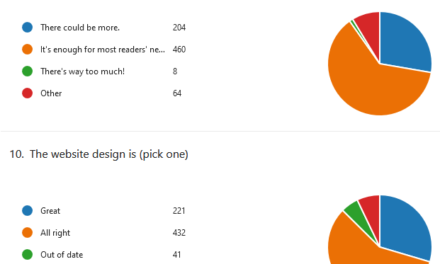We’ve got grammar on our ganglia as we painstakingly copy-edit our summer number in the hope of getting it to the typesetter by week’s end. Twice a year, as we peer at the sentences and lines that make up each two-hundred-plus-page issue, we encounter many of the same across-the-board errors. We all have different responses to comma splices and misplaced mods and the like. Matt McBride twirls his green pencil faster and faster and faster until its sheer rotary power lifts him from his chair. Lisa tends to growl low in her throat, but because she has a naturally melodic voice, the sound comes out more coronet than cougar. Becky’s eyes burst into flame, and she has to run to the water fountain to put them out. Matt O’Keefe emits an unusual odor—a cross between persimmon and new car smell. And Nicola loses consciousness—only for about ten seconds—which is why she works with one of those c-shaped airplane pillows around her neck. To spare our staff these distractions, we’ve decided to shed blog light on phrases beginning with “which” and “that” (also known as nonrestrictive and restrictive clauses).
that = restrictive = no comma
which = nonrestrictive = comma
The trick in using these words correctly, though, is figuring out whether the clause (or rather the information the clause contains) can be removed without sacrificing meaning. If you can’t remove the clause without changing the meaning, the clause is restrictive.
Example: Pudding that eats through your bowl like acid is not a good choice for dessert.
If you can remove the clause and the sentence still makes perfect sense, the clause is nonrestrictive.
Example: Baklava, which is hard to say if your mouth is full of acid pudding, is yummier than foods that dissolve your tongue.
We hope this editorial interlude clears up any confusion—and that we haven’t made you terrified of semi-liquid comestibles. Happy writing!











